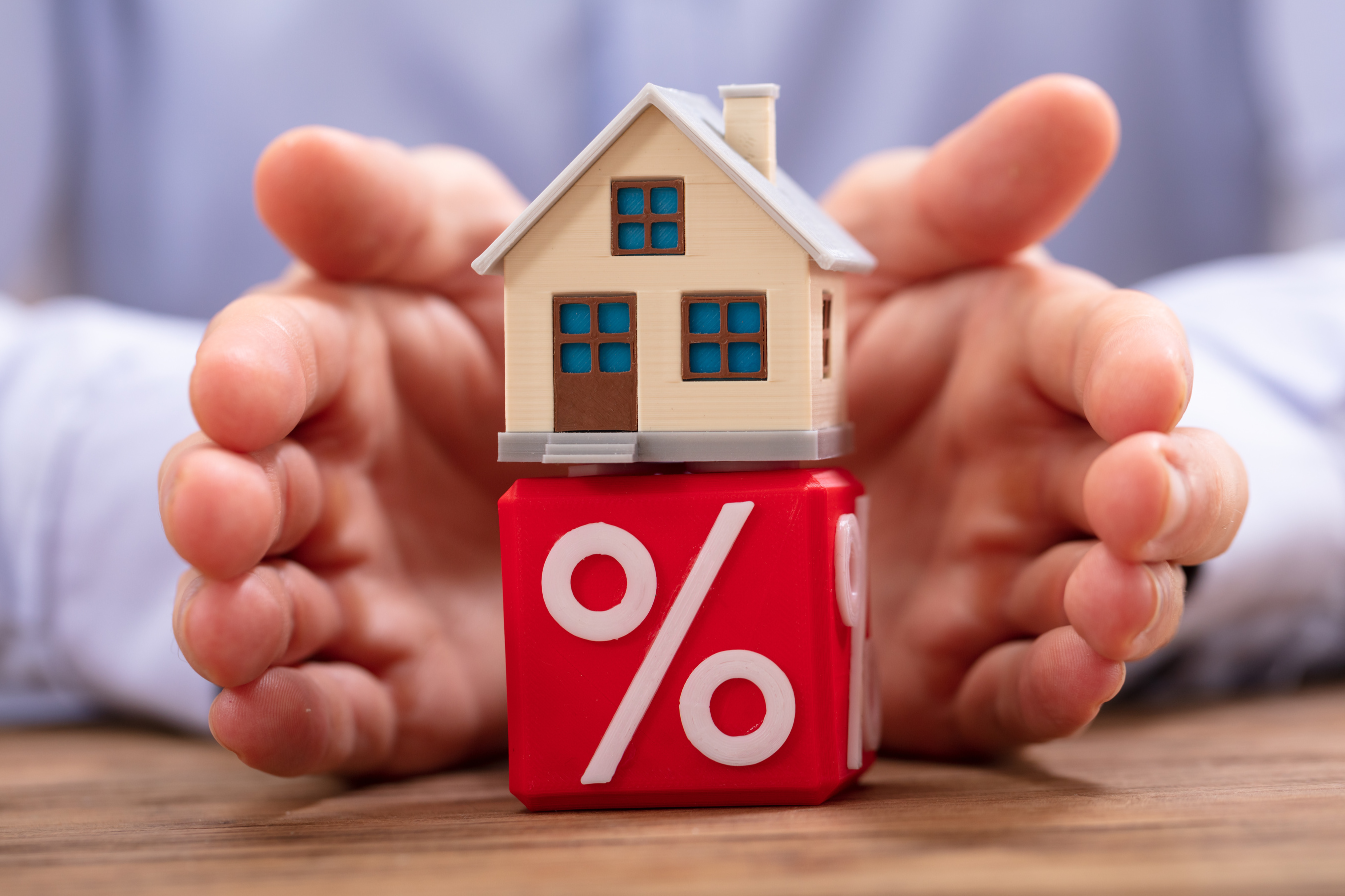Unpredictable interest rates have made homebuying a little trickier than in recent memory. After the financial crash of 2007-2008 — known as The Great Recession — average mortgage rates dropped below 6% in 2009 and continued a (mostly) downward trajectory until reaching 3.15% in 2021 at the height of the COVID-19 pandemic.
Things have changed a bit in the years since.
Average rates for 30-year fixed mortgages climbed to 5.53% in 2022, their highest since 2008. Now, in 2024, the figure stands around 6.90%. Historically, 6.90% is still relatively low, especially compared to the 1980s, a decade in which average annual rates were never below 10%. More recently, however, it’s common for homebuyers familiar with incredibly low rates to get sticker shock when they see monthly payments at current rates.
Still, there’s some hope that rates could decrease sometime in the new year.
“Looking ahead, I anticipate interest rates will begin to decline in 2025,” Legend Homes senior vice president of sales Brad Tiffan says. “However, the pace and extent of these changes remain uncertain.”
Mortgage rates determine the “cost of borrowing” for homebuyers who take out loans to pay for their homes. In other words, the higher a person’s mortgage rate, the more expensive it is for buyers to borrow that money. Other factors impact an individual’s rate, including their credit score and the type of loan they use. (Monthly payment calculator tools help buyers navigate these costs before they begin the purchasing process.)
This rate is included in a household’s monthly payment as an interest payment. As a result, inflation plus higher-than-usual rates means affordability remains a primary challenge for homebuyers across the country, including in the South.
Tiffan says that while lowering mortgage rates might seem like the simple solution, the Federal Reserve is committed to making rate adjustments using a careful, measured process to control inflation. In October 2024, the U.S. Bureau of Labor Statistics reported a 2.6% inflation rate, the lowest since March 2021.
“Plenty of people in the real estate industry think rates in the 5% range could be the ‘magic number’ to significantly reignite activity in the housing market,” Tiffan says. “I think that once rates reach this level, we’re much more likely to see the current housing inventory move under contract.”
To combat these concerns, Legend Homes maintains a diverse and ample inventory of homes in its primary metropolitan markets of Houston, San Antonio, and Dallas-Fort Worth to provide buyers with options when the market does pick up. Additionally, it gets creative with special incentives that help make mortgages more approachable.
One example? Providing closing costs that can help buy down the interest rate. This tactic is different from forward commitments and oftentimes explains why customers gravitate toward new homebuilders versus the resale market.
“What sets us apart as a homebuilder is our ability to offer innovative solutions, such as forward commitments,” Tiffan says. “For example, our most recent incentive offered a 2.99% interest rate for the first year with a fixed 4.99% plus $10,000 in closing costs. Offerings like this allow us to secure competitive interest rates for our buyers today, while still offering an exceptional selection of homes — a true win-win scenario.”





